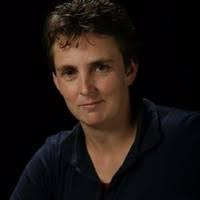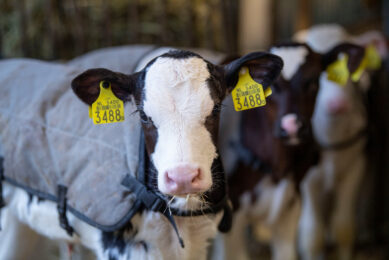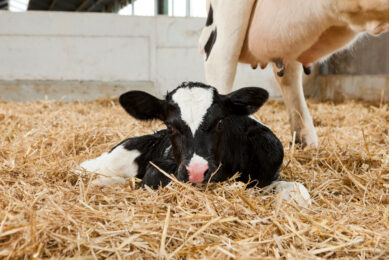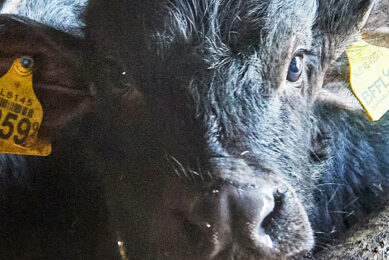Photo Report: New calf and beef research facility
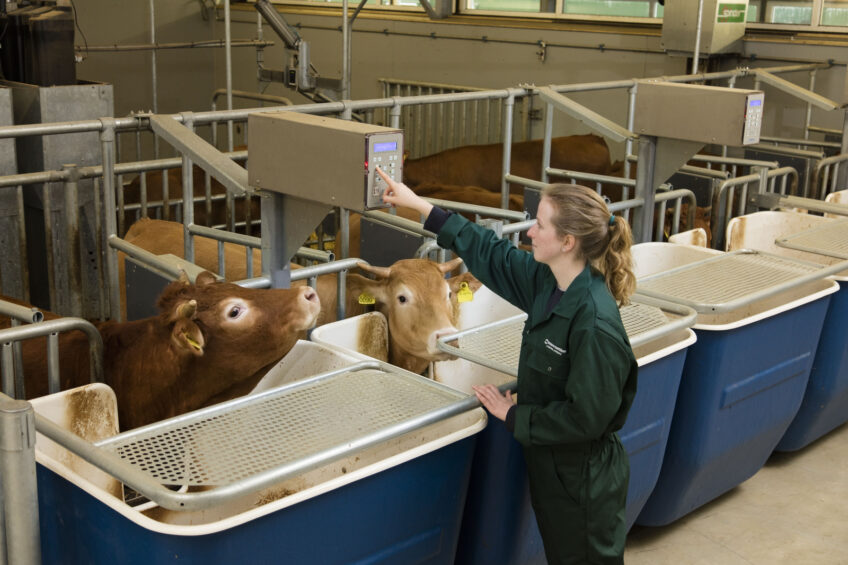
On April 6th 2016, Trouw Nutrition (a Nutreco company) opened a brand new research facility for calves and beef cattle in the Netherlands. With this new facility the company is expanding its capacity to carry out in-depth animal nutrition studies.
At the already existing Kempenshof facility nearby, Trouw Nutrition has been doing nutrition research already for over 3 years, focusing on the LifeStart nutrition programme and its effect on calf health and milk production. [Photos: Trouw Nutrition]
Join 13,000+ subscribers
Subscribe to our newsletter to stay updated about all the need-to-know content in the dairy sector, two times a week.














